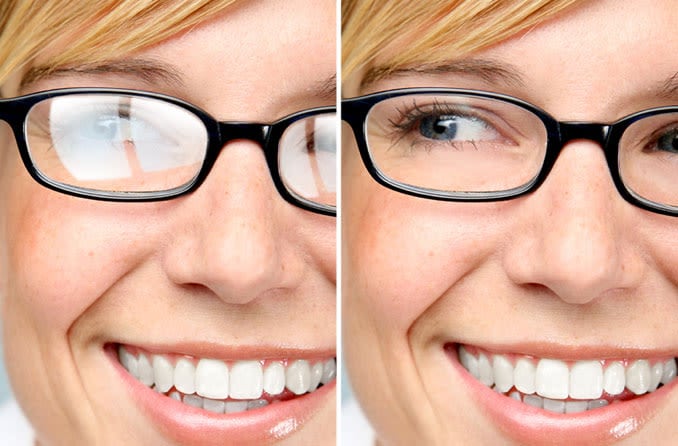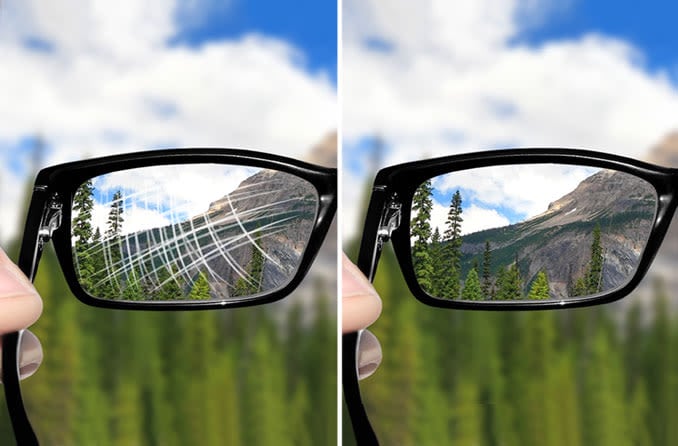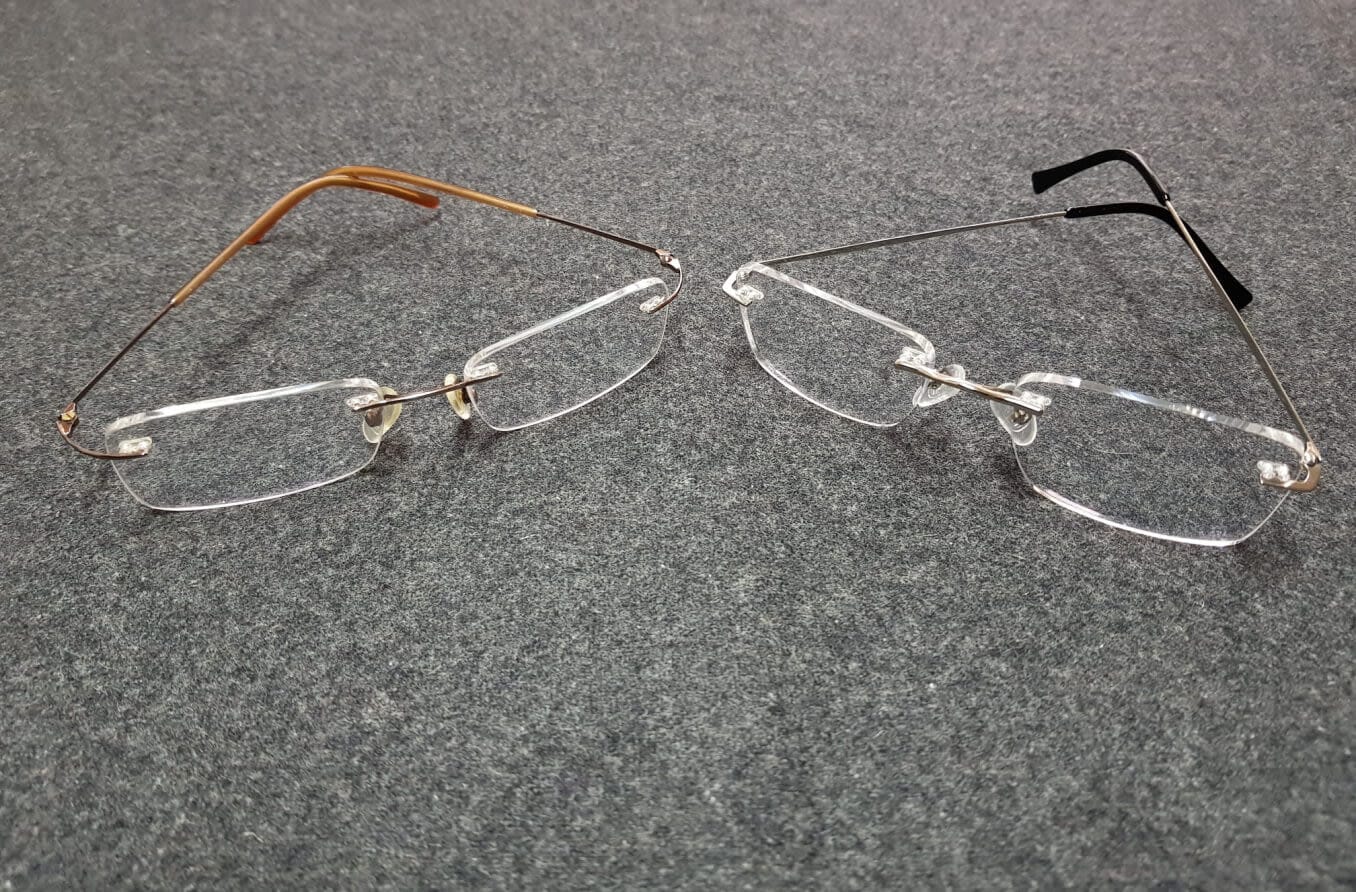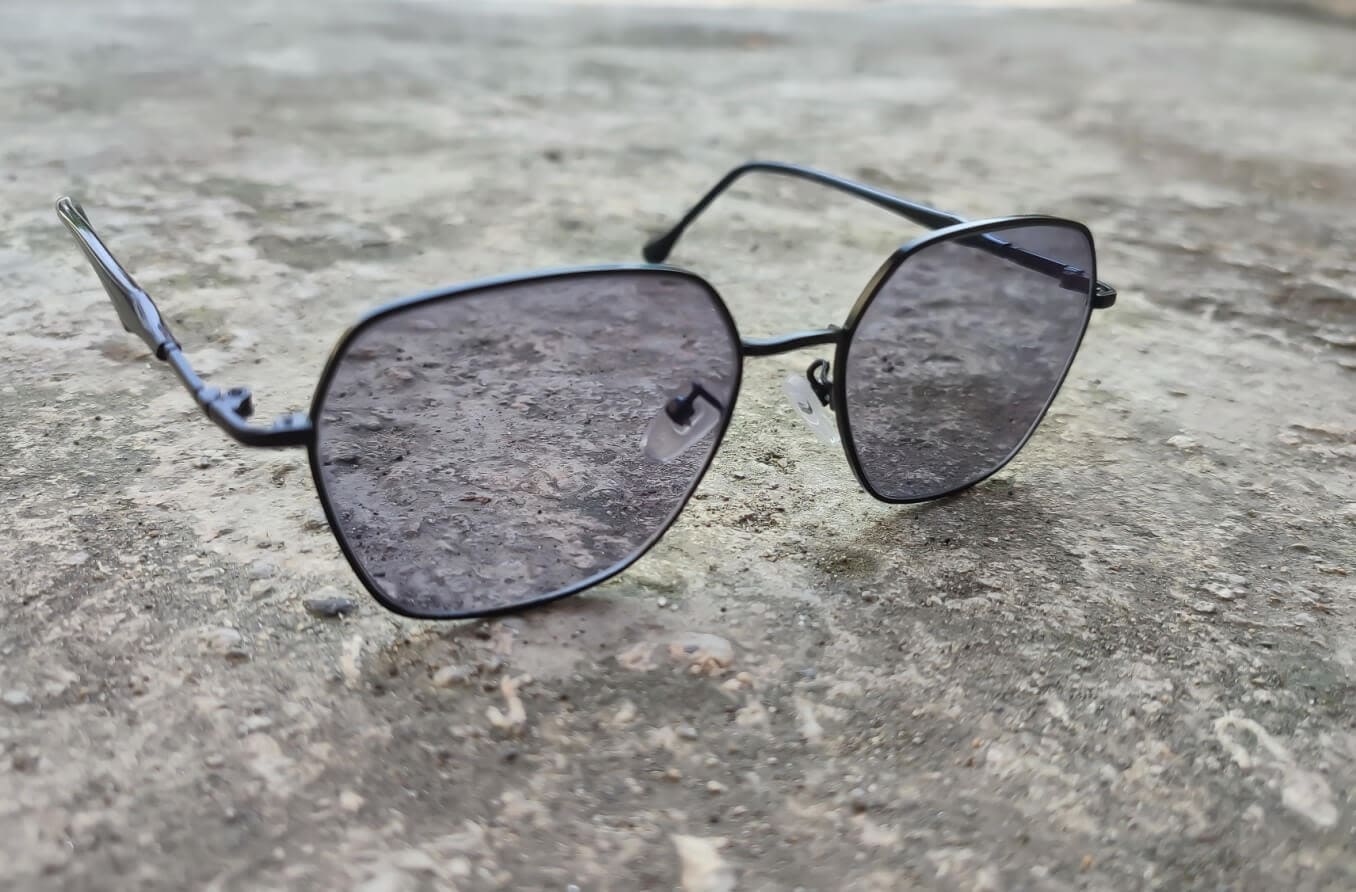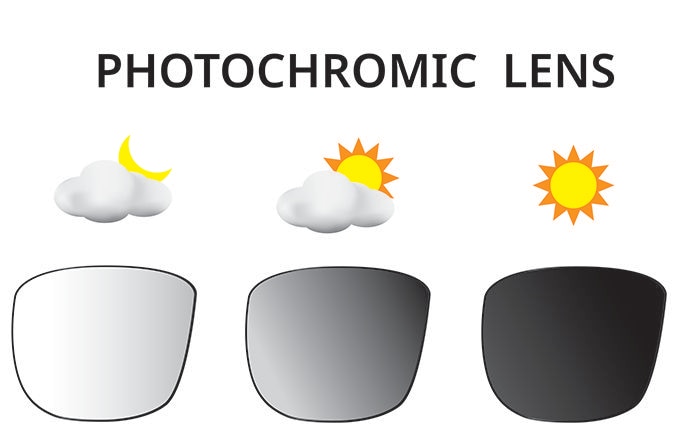What is crazing of your eyeglasses lenses and what can you do about it?
Crazing is a web of tiny cracks that can appear on the lenses of eyeglasses coated with an anti-reflective coating. Looking through crazed lenses can make your world appear blurry.
There are many benefits to getting anti-reflective coating (also called AR or “anti-glare”) on your eyeglasses. This type of coating can eliminate reflections, reduce eye strain and even make your glasses look nicer.
But if you get AR coating, you’ll need to take special care to avoid crazing.
SHOPPING FOR GLASSES? Find an optical store near you or online. When you are selecting lenses, check to see if the warranty covers crazing.
What causes crazing on lenses?
Crazing can be caused by improper application of anti-reflective coating when eyeglasses are made in the lab. Crazing, or lens cloudiness that resembles crazing, also can be caused by:
- Cleaning your glasses with rubbing alcohol, window cleaner or another harsh household cleaner
- Extreme hot or cold weather that can cause the AR coating and the lenses to expand and contract
- Wearing glasses while doing “hot” activities such as grilling, tending a campfire or welding
Crazing may suddenly appear on your lenses with no obvious cause. In these cases, the crazing may be related to a workmanship defect.
Can Transitions lenses get crazing?
Transitions and other brands of photochromic lenses can get crazing if they are coated with anti-reflective coating.
Crazing on Transitions lenses is often caused by exposure to heat.
How can heat damage eyeglass lenses?
High heat can damage eyeglass lenses in several ways. Heat can cause the anti-reflective coating and the lenses to expand at different rates. This creates crazing, a web of fine cracks that appear on the lenses. Heat also can damage glasses by:
- Softening and warping plastic frames
- Warping eyeglass lenses
- Damaging the film on polarized sunglasses
So, how can you avoid heat damage?
Never leave your glasses in a hot car, and avoid wearing your glasses near extreme heat.
You also may want to talk with your optician about crazing if they plan to use a frame warmer to adjust your glasses to fit your face. Frame warmers can cause crazing on coated lenses.
How to prevent crazing on eyeglasses
You can prevent crazing and surface scratching by taking proper care of your glasses.
When your glasses get dirty, rinse them with lukewarm tap water to remove dirt and debris. Then clean your glasses the right way.
How to properly clean your glasses: You can use lotion-free dish soap and a clean, lint-free cotton towel, or use a lens spray made specifically for cleaning eyeglasses.
Also avoid exposing your glasses to extreme hot or cold temperatures.
How can I fix crazed lenses?
It may be possible to remove crazing from eyeglasses by stripping the anti-reflective coating from the lenses.
Some eye care professionals and optical laboratories have access to stripping solutions that can be used for this purpose, but the results can vary based on the type of lens and coating used.
For example, it may not be possible to strip AR coating from polycarbonate or high-index lenses.
Some glasses wearers turn to DIY solutions, including vinegar and glass-etching compounds that can be purchased at craft stores.
Since DIY results may vary, and it's your eyes and vision that are at stake, crazing repair is best left to professionals. Check first to see if your lenses are covered under warranty.
Is crazing on glasses covered under warranty?
Most prescription eyeglasses come with a one- or two-year manufacturer’s warranty. Some warranties specifically cover crazing caused by a manufacturing defect, which will likely show up within the first six months of daily wear.
This means that your warranty may not cover crazing that was caused by, for example, leaving glasses in a hot car. Be aware that some retailers may charge you a warranty fee to fix or replace your crazed lenses.
How can you spot crazing?
If you suddenly notice you don’t see as well out of your relatively new glasses, crazing may be to blame.
If you spot that telltale web of hairline cracks, contact the eye doctor or optical shop where you purchased the glasses to find a solution that will get you seeing clearly again.
READ MORE: DIY Eyeglass Cleaner

